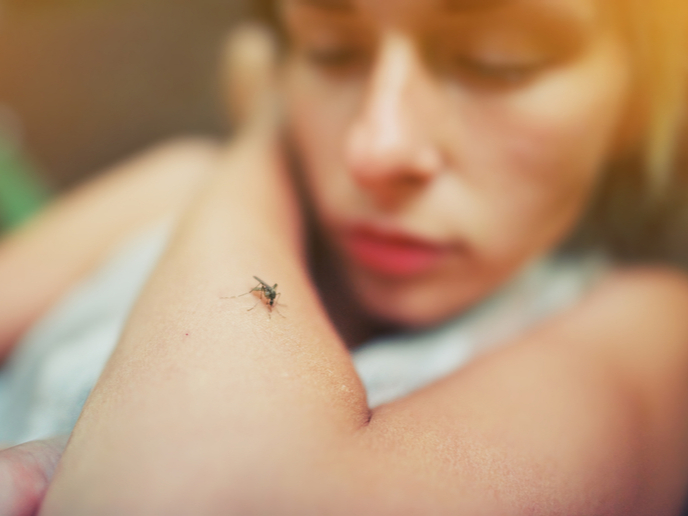Unlocking the secrets of the mosquito’s antiviral immune response
With the increasing prevalence and danger posed by insect-transmitted viruses (also known as arboviruses), such as Zika, yellow fever, dengue fever and chikungunya virus, it is essential to better understand the interactions between the virus and the insect that further determine the viral transmission to humans. Dengue fever alone causes an estimated 100-400 million human cases annually and mosquitoes are clearly a central part of the transmission cycle, but this is not well understood at the molecular level. “Mosquitoes acquire viruses through a bloodmeal, after which they multiply in the mosquito body to eventually reach the salivary glands for transmission to a new naïve host. In the mosquito body, the virus encounters anatomical barriers as well as the mosquito’s immune system. Since this immune system may suppress the virus as a means to preserve the mosquito’s life, it is an essential determinant for transmission,” explains Ronald van Rij, professor of experimental virology at Radboud University in the Netherlands and principal investigator of the ERC-funded ViVARNAsilencing (Antiviral Defense in the Vector Mosquito Aedes aegypti: induction and suppression of RNA silencing pathways) project. “It was already known that replicating viruses are targeted by a small RNA-based immune response, called RNA interference. In this pathway, replicating viral RNA (which is double-stranded) is broken down into small fragments, called small interfering RNAs, which are used to further degrade viral RNA, thus reducing viral replication.”
piRNAs: Packing a punch against viruses
The real crux of the project’s work has been based on another small RNA pathway called the PIWI-interacting RNA (piRNA) pathway that also targets viruses within the mosquito. piRNAs are an enigmatic class of small RNAs that had previously been studied mostly in lab animals, but the work under ViVARNAsilencing has shown that they have much broader activities than previously thought. “Viral RNA is broken down into piRNAs, which may contribute to antiviral immunity,” van Rij continues. “What was totally unexpected was that the piRNA pathway may additionally play a role in gene regulatory processes. The piRNA pathway in mosquitoes seems to have acquired additional functions compared to other lab organisms – including gene regulation and antiviral defence.” “This is important for our understanding of virus transmission by mosquitoes. Moreover, in collaboration with other researchers, we found that the mosquito genome carries fragments of viral sequences and that these are used to produce piRNAs – this opens up the exciting possibility that these fragments represent a heritable form of antiviral immunity that is based on piRNAs.” Van Rij and his team have crucially managed to discover which virus families are efficiently targeted by the piRNA pathway and have also been able to show in follow-up work funded by the Dutch Research Council that the piRNAs are essential for the embryonic development of the mosquito.
Wider impact and looking ahead
Alongside the opportunity to train several highly motivated PhD students and postdocs on the project, van Rij and his team’s research also has wider implications. “We have seen an extension of the geographic range of mosquitoes from tropical to more temperate climates and consequently, the geographic range of human susceptibility to various viruses has also increased,” van Rij says. “It’s also becoming increasingly clear that mosquitoes harbour a much larger repertoire of viruses than previously thought of which the potential to cause human disease remains to be established.” As mosquitoes are such a central part of the transmission cycle, insights into the mechanisms that suppress viral replication in the mosquito will provide important insights into arbovirus transmission, which in turn may help with developing new methods to control arbovirus transmission, including to humans. Looking towards the immediate future, van Rij and his team are currently following up on some of the unanticipated outcomes of the project. “One of these will be a follow-up and further study of the role of integrated viral fragments in heritable antiviral immunity – excitedly, two preprints in the journal bioRxiv(opens in new window) to which we’ve contributed, suggest that these viral fragments do indeed control viral infection in the ovaries of mosquitoes.”







